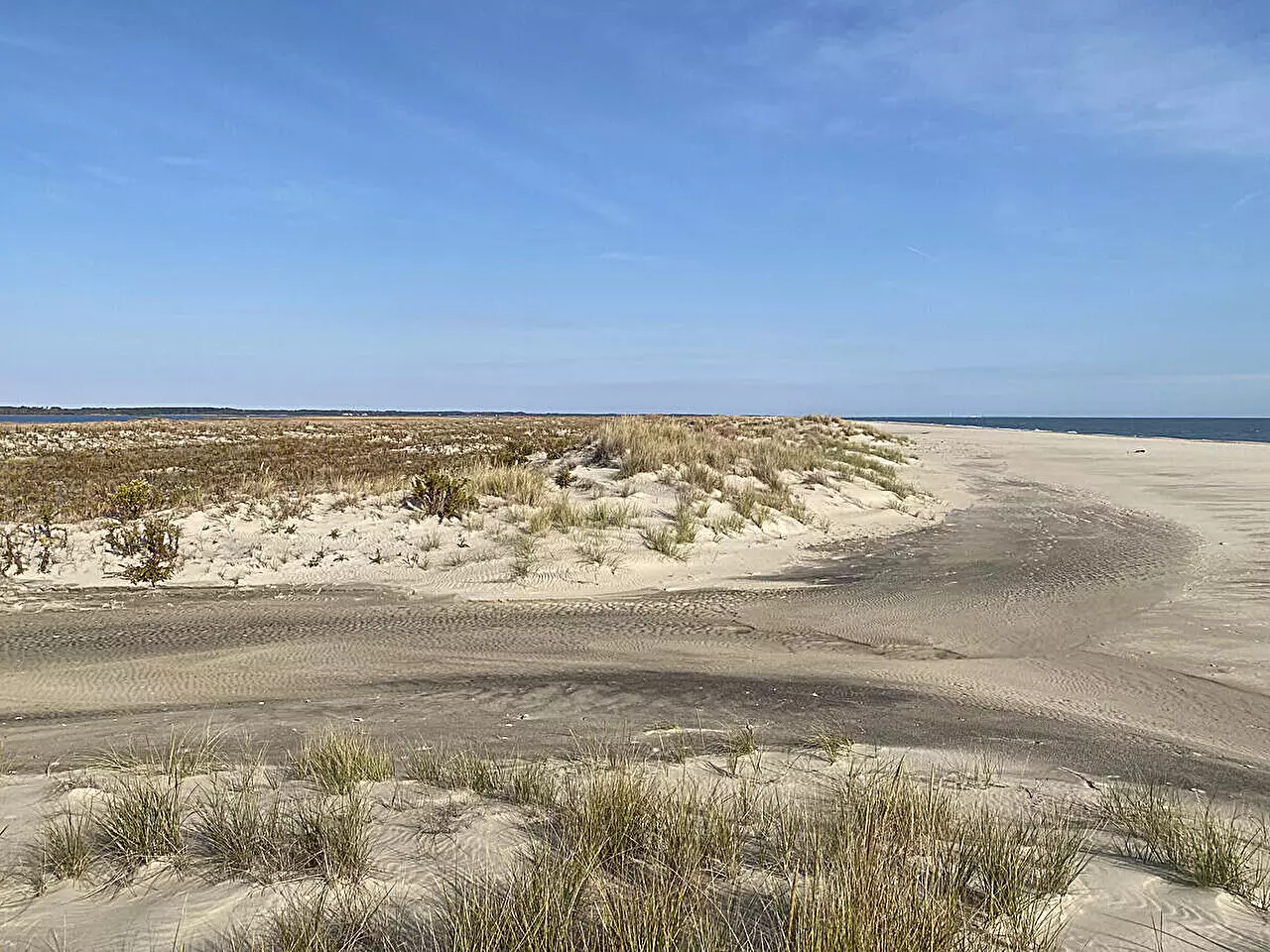Virginia Commonwealth University professor Julie Zinnert, along with her colleagues, conducted a study on barrier islands and dunes to understand how these natural formations are connected and how they can affect ecosystems on adjacent interior islands. The study focused on two islands on the Eastern Shore – Hog and Metompkin, within the Virginia Coast Reserve. By examining vegetation cover, sediment accretion, and ease of sediment and water movement, the researchers aimed to shed light on the impact of dune dynamics on these unique landscapes.
Barrier islands are crucial in protecting coastlines from the direct impacts of storms and sea-level rise. Composed of sand, these islands are constantly shifting in response to environmental factors such as winds, waves, and tides. They act as natural buffers, shielding landward areas from the destructive forces of harsh weather conditions. However, with the effects of climate change and human development, the natural processes that govern barrier islands can be disrupted, making them more vulnerable to disturbance.
In the study conducted by Zinnert and her team, they found that dunes play a significant role in determining the resilience of habitats landward of the islands. Higher dune elevations were associated with less disturbance in these habitats, whereas lower dunes resulted in higher soil salinity, lower soil carbon, and less vegetation. Interestingly, the researchers observed that bitter panic grass, a common dune-building species, accreted less sediment compared to other dune-building grasses in the region. This shift in the abundance of plant species is believed to be influenced by the warming climate in the area.
The findings of this study have important implications for predicting how barrier islands and dunes may evolve in the face of climate change. By understanding the role of dunes in protecting landward habitats from high water events, researchers can better assess the vulnerability of these ecosystems to sea-level rise, storms, and high winds. The data collected from this study can be used to inform climate models that predict how much carbon is stored in these islands and how this may change under different climate scenarios.
As Zinnert continues her research on barrier islands and climate change, she is working on proposals that aim to evaluate future conditions along the mid-Atlantic coastline and Gulf coasts. By collaborating with climate modelers, her goal is to refine predictions on how these landscapes may evolve in the coming years. This research is crucial in understanding the resilience of barrier islands and dunes in the face of a changing climate, providing valuable insights for conservation and management strategies moving forward.


Leave a Reply